Update 2017: The 50mm 1.4 AFS has mixed reviews over the years. Indeed I’ve changed my opinions on it, sometimes I love it, sometimes it frustrates me. When I first picked it up way back in 2008 I was still finding my photographic feet. More recently, I still have it and use it for panoramic images and camera trapping. With the latter, it’s served me very well on the D810 for some of the work I did on my Back Garden Safari project
Read on for my original review…
Well, it’s here…I’d been thinking about getting one of the variations of the ‘Nifty Fifty’ for almost as long as I’ve been in to photography. The AFS update had been a long time coming but it’s finally here! Mine arrived a while ago so I thought I’d do a quick review with some sample shots and initial impressions to see if it was worth the wait…
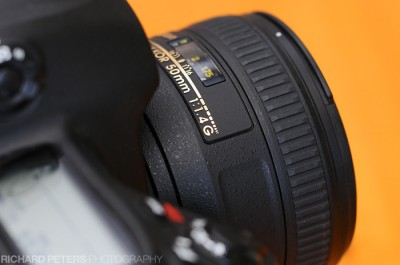
Nikon 50mm 1.4 AFS
Overview
Length: 2.9 inches
Width: 2.1 inches
Weight: 280g
Purchase: Available in the UK from Warehouse Express and the U.S. from B&H Photo.
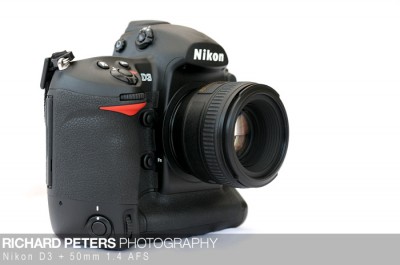
Nikon D3 and 50mm AFS
The Review
I’d put off getting one of the 50mm primes as one of those ‘I’ll get round to it eventually’ things. At first I was only really interested in wildlife, then once I started to do the odd landscape and portrait shots I decided to get one. After lots of reading up and trying to work out if I should get the 1.4 or 1.8 I just gave up and put the idea on the back burner. Fast forward a few years when the new AFS version was announced and I decided maybe the time to buy one was here…fast forward a few more months and it’s sitting on my camera. I actually decided the day UK stores started getting stock that I REALLY wanted one so rang round and emailed a few, all with the same story ‘sorry sold out already’ or ‘sorry, have to go through our pre-order list first’. I’d just about given up hope of getting one before Christmas when I got an email back from mifsuds.co.uk to say they had one left over after fulfilling pre-orders and did I still want it…hmmmm…YES PLEASE!
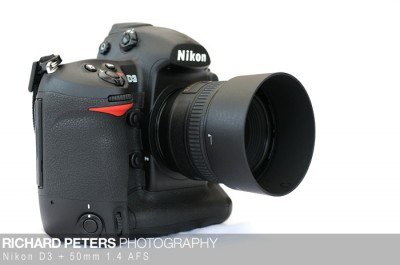
Nikon D3 and 50mm AFS
What’s in the box?
First things first, open your little gold box and alongside your new toy you’ll find a HB-47 lens hood, which is surprisingly large for a lens so small but then the front element isn’t set back too far in to the body so I would recommend using it. The hood can be attached reversed, for storing. You’ll also find the CL-1013 lens case, which is just a simple drawstring pouch. It will certainly keep the lens clean in your bag but it won’t offer any protection from knocks.
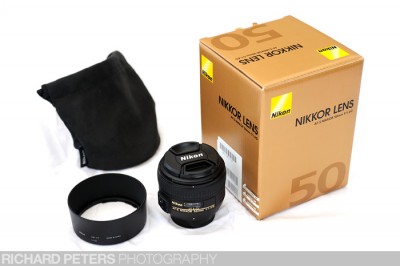
50mm AFS and accessories
Is it built well?
Well, if someone tried to mug me I don’t think I could bash them over the head with it and do a runner like I could some of my other lenses, but it’s certainly quite a nice solid little bit of kit (despite not being metal). There is no play at the lens mount when mounted to my D3, also unlike some of my other lenses. In fact the whole setup with the D3 (and D300) feels very solid indeed which may or may not give a false sense of security as to the construction. Also, being a G lens there is now no aperture ring.
Size and weight
I borrowed a friends 1.8 a little while ago and it just felt wrong sitting on the front of my D3. It was just too small for a camera of that size! Thankfully, the size and weight of this new lens is perfect – not too heavy and with just the right size so as to give a nice balanced feel. It’s a similar story on the D300 where the lack of extra grip below the camera helps you support the lens even more. the main reason for picking one of these up was to keep in the front pouch of my 600mm bag so I have a semi wide in case of an emergency when out shooting wildlife, and it will suit that purpose perfectly. The Sigma 50mm 1.4 is said to be slightly better overall than the Nikon but much bigger, taking a 77mm filter size compared to the 58mm filter size of the Nikon. With size being a deciding factor for me the Nikon was the winner.
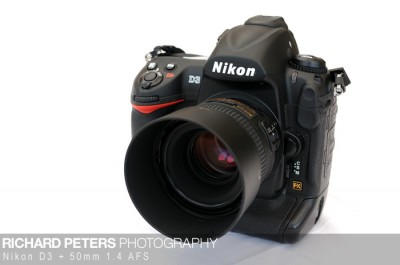
The Nikon 50mm 1.4 AFS
Is the autofocus as slow as they say…?
This has been discussed a lot on various forums…and I would tend to agree, the focus is slightly slower than some of my other AFS lenses. There is no IF (internal focus) and this may be part of the reason it doesn’t feel as quick as you would expect from an AFS lens. However, as this isn’t a lens I’d be using for fast action or sport I don’t see the speed being an issue anyway (for me). One thing to note is the focus is very accurate and once your locked on to something it will follow it with ease in surprisingly low light levels.
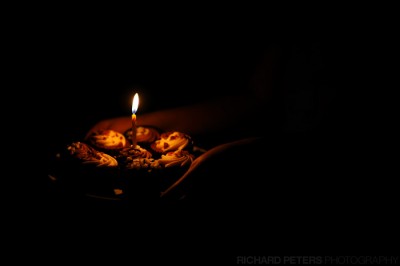
1/100, f1.4, ISO 280
The big one…image quality??
This is all you really care about I know…! Anyone who has read some of my other articles will know I judge the ability of my lenses on the results I get whilst using them in real life rather than carefully controlled test shots. I’m not a test shot junky for the most part and just like to review things based on day to day living and usage experience. That being said, I did do some test shots to correct for a hint of back focus so I’ve used some of those for parts of my thoughts on the lens performance. But, those of you looking for studio test shots showing, bokeh, CA control and centre/corner sharpness at all apertures will unfortunately be let down – apologies.
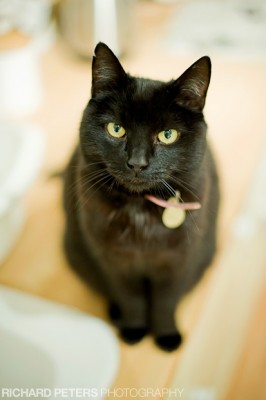
f1.4, 1/60, ISO 1250
Light fall off (vignetting) and bokeh
There is some pretty big light fall off at f1.4, with the centre being brighter than the edges. Shots at 1.4 can look almost underexposed in some conditions, however it has pretty much gone by f2.8 and is a complete non-issue by f4. For me, the fall off isn’t a problem as it is easily fixed in photoshop if needed although from the ‘real’ shots I’ve done wide open so far none of proved to show it as a major issue, yet. Shooting landscapes will require a smaller aperture and tripod so the problem won’t show itself at all in those situations at all. As far as bokeh is concerned, it’s not something I pay too much attention to. I’ll certainly notice if I see nasty bokeh in a shot but otherwise it’s not something I consciously look for and with this lens I find the OOF area’s pleasing enough – you can judge for yourself by looking at the images I’ve put in this review rather than me waffle on about it. CA can be noticeable a little in some lighting when shooting wide open but it’s gone as soon as you start to stop down a little – again, like bokeh it’s not something that worries me unless it’s majorly bad and in this lens it isn’t, in fact I’ve only noticed it a couple of times when pixel peeping at %100. When compared to my old 28-70 AFS the difference is night and day, with the 50mm clearly showing the benefit of the advancement in optics over the years.
Remember, the vignette example below was on an FX (full frame) camera. On a DX (1.5 crop) sensor the problem becomes far less obvious as your only using the centre of the lens. On DX vignetting is gone by f2.8 and hardly noticeable at f2.

Vignetting on full frame (FX) sensor
General sharpness and corner sharpness
I’m undecided how I feel about the sharpness of this lens, especially wide open…straight out the camera I’d say it’s a fair bit softer than I’d like. Of course all RAW files benefit from sharpening to counter the AA filter found in DSLR’s…and, once you apply some sharpening in the computer the results are far more pleasing. I did a couple of tests to see how sharp the lens is during it’s first few stops from f1.4 to f4. A tripod was used as was mirror lock up, the camera was set to ISO 200.
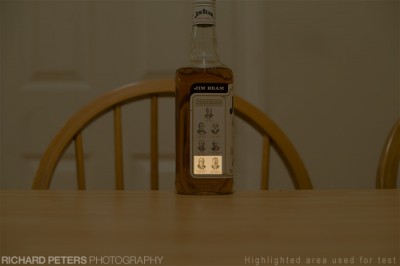
Test are highlighted
I wasn’t sure how I felt about the unsharpened results of the label test so did a couple of other tests, another of which is below.
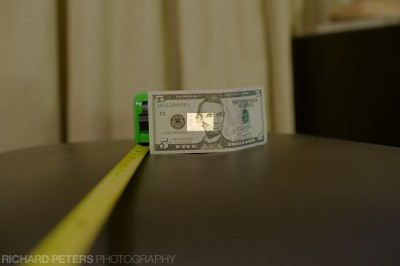
Test 2
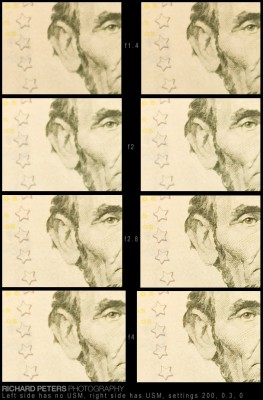
Centre section crops
Make of those what you will. Personally I ‘think’ it’s softer than I’d like but then I can’t decide if I’m just expecting too much and being fussy or if my copy is softer than should be?! In real world use, which is more important, I have found the softness to not be so obvious. The shot below includes an unsharpened %100 crop which is more than acceptable for f2 at ISO 2200.
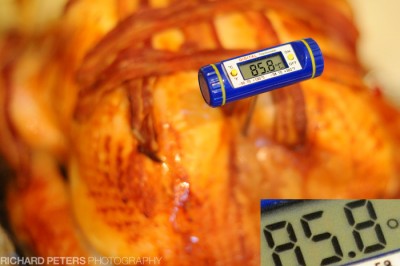
1/80, f2, ISO 2200
Sharpness at the corners…well I’d say the lens, for each given aperture, is almost identical right across the frame for the area’s that are within the DOF. So it’s a little soft (and dark, due to vignetting) at 1.4, then as you stop down it gets better and better right up to f16, which is the smallest aperture so it will make for a nice landscape lens. If corner sharpness examples are requested I’ll stick some up for viewing.
Controlling the DOF & getting lower ISO
What I can say, is part of the challenge of getting good images with this lens is learning to control the insanely thin DOF when wide open, or close to it. I’ve not had experience with anything faster than f2.8’s in the past and this really does take a bit of getting used too. The problem at 1.4 is focusing then recomposing your shot could result in your intended focus area to be out of the DOF…this is a pretty standard thing to remember but magnified by such a fast lens. One huge gain of using this lens at the biggest apertures, is of course it allowing you to shoot in seriously low light! The shot below was lit only by the TV whilst my nephew was playing on his Xbox 360.
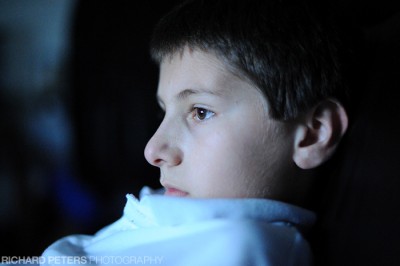
D3 handheld at f1.4, 1/30, ISO 6400
The ability to get even lower ISO’s than would normally be possible is fantastic. I can see why these and 85mm 1.4 primes are so popular with wedding photographers now! Whilst walking through the dark interior of the Roman Baths, in Bath, I was happily shooting away whilst many other visitors looked on either unable to shoot or hoping their flash would save the day.
Thoughts after road testing
Once I got the lens I decided before I reviewed it, I would try and get some good use out of it. I’ll admit though, that up to the point of writing this I haven’t used it as much as I maybe should have (but then, this was never going to be a work horse lens for me, my preferred subject of choice dictates that). I have taken it out on a few day trips though and visited my sister with it a few times…my nephew, in particular, hates this lens because every time he turns around it’s sticking in his face!

1/40, f2, ISO 560
I certainly enjoy using the 50mm, it’s great for portraits and people so hopefully it will get me trying more of those in the future as I like how creative you can be with the thin DOF. As a pano lens I think it will prove to be a great tool though…I did a few with it whilst testing it out, from the dull foggy visit to Stonehenge to walking round the City of Bath at night it never failed to help me get some great shots. At Bath in particular I used it to take this handheld 34 image stitch at night. Very impressive indeed!
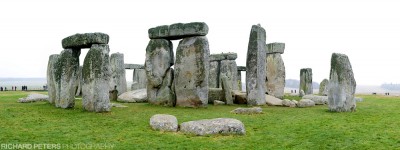
5 images at 1/125, f9, ISO 640
I must admit I did find it a bit strange at first not having the ability to zoom. But it forced me to think more about what I was doing and what I wanted to achieve which I think is something that can be taken for granted when you have the convenience of a zoom.
The bottom line
I won’t lie and say it’s everything I wanted it to be because it’s not. Focus speed could be faster (but, having said that, does it need to be for a lens such as this?) and I expected it to be sharper, especially wide open. BUT…despite that, I find myself loving this little 50mm. The image quality IS very good once you learn how to get the best from it, and the creativity of shooting at 1.4 is excellent. It’s small size and weight make it a brilliant lens to carry around with you…stick it on a smaller camera body than a D3 and you’ll have a very high quality, inconspicuous, compact system that doesn’t weigh too much. Plus, as a pano lens it works fantastically because at the smaller apertures the image is nice and crisp right across the frame (stitching together soft edges in a panoramic does not look good!). I’d say the only trouble I have now is learning how to use the lens more effectively! The majority of my shooting is usually done with telephoto lenses pointing at wildlife, so it may take some more time for me to really get everything out of this little lens that it has to offer…and of course, the more I use it and get familiar with it, the more I’ll share those images and experiences here.
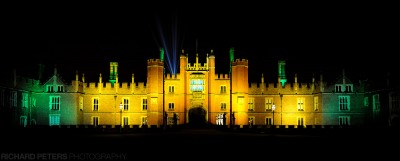
5 images at 1/50, f2, ISO 6400
Thinking of buying?
If you live in the UK the 50mm 1.4 AFS can be purchased from Warehouse Express.
If you live in America the 50mm 1.4 AFS can be purchased from BHPhoto, here.
Final note
Please note that none of the real world shots in this article were taken using a tripod, they were all done handheld with my D3 which shows what a powerful low light tool this lens can be when mated to a camera with excellent ISO ranges like the D3 and D700. The shot below of the people walking round the dinosaur skeleton was done by bracing the camera against a wall to keep it steady but other than that every other shot was handheld.
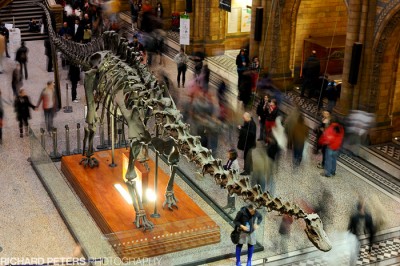
1.6 seconds, f9, ISO 250
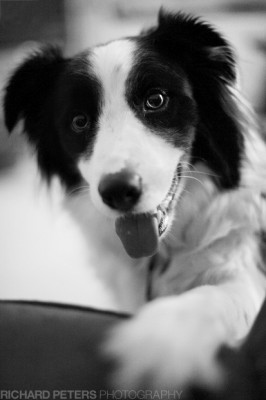
1/40, f1.4, ISO 6400
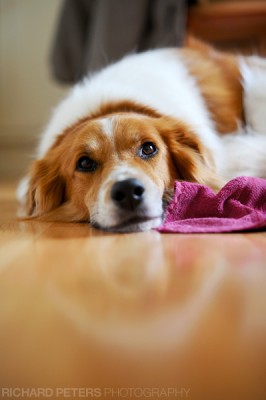
1/80, f2, ISO 800
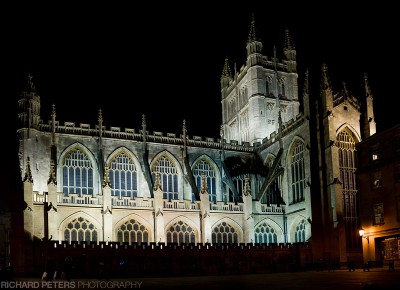
10 shots (2 rows) at 1/40, f3.2, ISO 1250








